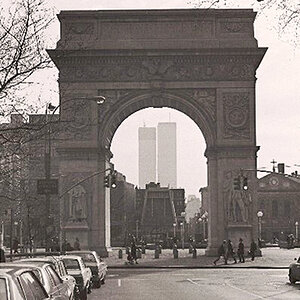MoonLoon
TPF Noob!
- Joined
- Oct 4, 2017
- Messages
- 7
- Reaction score
- 0
- Can others edit my Photos
- Photos OK to edit
Hi there, new member here. I have a great deal of family photographs from the 1910's to the 1930's that only exist on photographic paper. I would love to preserve these on 120 film directly. I am planning to use my Rolleiflex 3.5f. Anyone have any suggestions on an archival, fine grained B&W film (all the photographs are black & white) and on what lighting arrangement I should use to keep any reflection/texture of the old paper from showing, etc? I'm planning to open the photo album and boost the pages up until they are level with the camera (which would be pointing directly down on the photo album from a tripod). I would use a level for the pages and the camera to make sure there is no distortion. I would then proceed to photograph each photo individually. Would I need to add anything to my Rolleiflex's lens to get certain photographs to fill the frame, thus gaining more detail?
These are my main questions, feel free to point out any faults in my plan, I'm relatively new to film photography.
These are my main questions, feel free to point out any faults in my plan, I'm relatively new to film photography.


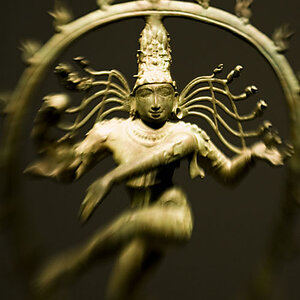
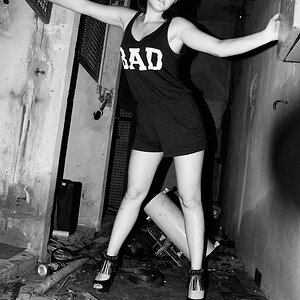
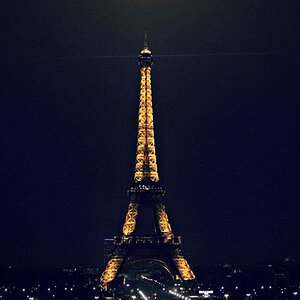
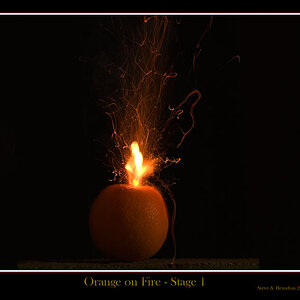
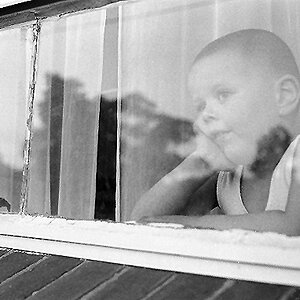
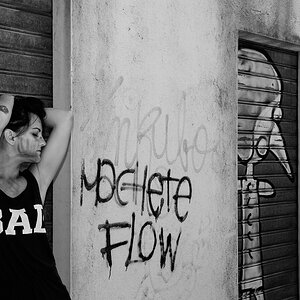
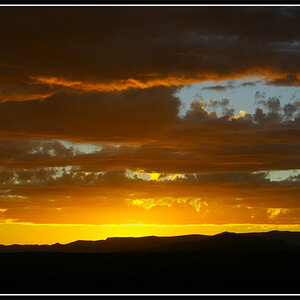
![[No title]](/data/xfmg/thumbnail/31/31703-20d81c98f43a64450882572a96c8f266.jpg?1619734962)
![[No title]](/data/xfmg/thumbnail/35/35665-6506470fd930bd101375a007d572615a.jpg?1619737089)
![[No title]](/data/xfmg/thumbnail/35/35666-9f404fab7b896e4ec114160079fa71c6.jpg?1619737090)
![[No title]](/data/xfmg/thumbnail/31/31704-42c2fcbcc4b6ba8c2c5ae54202cad6ec.jpg?1619734963)
